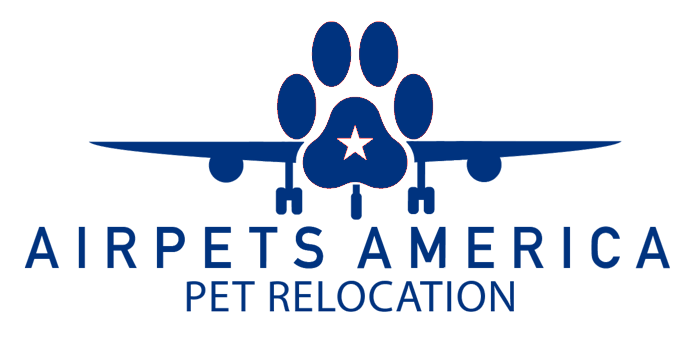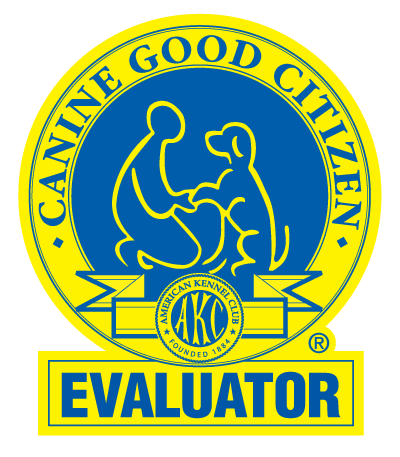Legs twitching, muffled barking and growling, quivering, teeth chattering, nose and eyes moving are all signs of a dog dreaming. Dogs dream quite similarly to humans.
http://https://youtu.be/ihnz_5Bpmpo
“During sleep the brain wave patterns of dogs are similar to that of people, and go through the same stages of electrical activity observed in humans, all of which is consistent with the idea that dogs are dreaming.”[1]
Observe your pup as she starts to doze off. As your dog’s sleep becomes deeper so will her breathing. After about 20 minutes the first dreams will start and you’ll be able to tell because her breathing will become irregular. You might see legs twitching, muscles quivering, muffled barking and growling, teeth chattering, as well as movement in her nose and eyes. All these  movements are because the dog is actually seeing, smelling and moving in their dream, it is as if they are experiencing it all right there. “These eye movements are most characteristic of dreaming sleep. When human beings are awakened during this rapid eye movement or REM sleep phase, they virtually always report that they were dreaming”, says Coren.
movements are because the dog is actually seeing, smelling and moving in their dream, it is as if they are experiencing it all right there. “These eye movements are most characteristic of dreaming sleep. When human beings are awakened during this rapid eye movement or REM sleep phase, they virtually always report that they were dreaming”, says Coren.
During a dog sleep experiment published by a group of scientists in the 1970’s. “Two states of sleep (slow-wave and rapid eye movement) and  wakefulness (alert and drowsy) were identified (in dogs during a 24-hr period). The total recording period comprised 44% of alert wakefulness, 21% of the drowsy state, while slow-wave sleep occupied 23% and REM sleep 12% of the time. The mean length of a REM sleep episode averaged 6 min and the mean REM sleep cycle was 20 min. The dog has a propensity to sleep over a 16-hr interval from 1300 to 0500 but the most sleep occurred between 2100 and 0400 hr during darkness.”[2]
wakefulness (alert and drowsy) were identified (in dogs during a 24-hr period). The total recording period comprised 44% of alert wakefulness, 21% of the drowsy state, while slow-wave sleep occupied 23% and REM sleep 12% of the time. The mean length of a REM sleep episode averaged 6 min and the mean REM sleep cycle was 20 min. The dog has a propensity to sleep over a 16-hr interval from 1300 to 0500 but the most sleep occurred between 2100 and 0400 hr during darkness.”[2]
So not only do they dream when they sleep, they also nap quite a bit.
Both dogs and humans have a part of their brain stem called the pons, which is responsible for paralyzing the larger muscles during sleep. It  basically stops you from acting out your dreams. The pons is underdeveloped in puppies and doesn’t work as well in older dogs so it is more likely for you to see the legs twitching and so on in young puppies or older dogs. This is also true in humans by the way…
basically stops you from acting out your dreams. The pons is underdeveloped in puppies and doesn’t work as well in older dogs so it is more likely for you to see the legs twitching and so on in young puppies or older dogs. This is also true in humans by the way…
“Studies in which the muscle-paralyzing part of the pons has been temporarily deactivated are the only way to peek into doggy dreams. With the pons offline, dogs start to act out their dreams (in humans, this condition is called REM sleep disorder).”
“What we’ve basically found is that dogs dream doggy things,” Coren said. “So, pointers will point at dream birds, and Dobermans will chase dream burglars. The dream pattern in dogs seems to be very similar to the dream pattern in humans.”
 It seems our dogs do in fact dream and since they do dream, they might also have occasional nightmares since they basically dream about what has recently happened to them. So if they had a lovely day then odds are their dreams are happy dreams, but if they had a traumatic experience that might also show up in their dreams. But all of this is a crucial part of their learning process so don’t be tempted to wake up a sleeping dog because you think she’s having a nightmare… as the old idiom says, “let
It seems our dogs do in fact dream and since they do dream, they might also have occasional nightmares since they basically dream about what has recently happened to them. So if they had a lovely day then odds are their dreams are happy dreams, but if they had a traumatic experience that might also show up in their dreams. But all of this is a crucial part of their learning process so don’t be tempted to wake up a sleeping dog because you think she’s having a nightmare… as the old idiom says, “let  sleeping dogs lie”, we don’t want to interrupt important learning and memory processes and we also don’t want to put ourselves in harm’s way. After all we have no idea what they might be dreaming about that instant and they might not appreciate being disturbed.
sleeping dogs lie”, we don’t want to interrupt important learning and memory processes and we also don’t want to put ourselves in harm’s way. After all we have no idea what they might be dreaming about that instant and they might not appreciate being disturbed.
So let sleeping dogs lie and hope their dreams are sweet and filled with ball chasing, interesting sniffing and delicious food snacking.
[1] Stanley Coren Ph.D., F.R.S.C., Do Dogs dream?, Psychology Today.
[2] Lucas EA, Powell EW, Murphree OD, Baseline sleep-wake patterns in the pointer dog, Pubmed.gov



